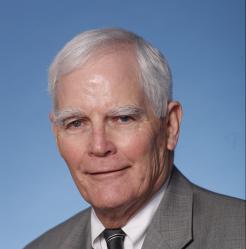This paper was prepared for the conference “Anti-Poverty Programs in a Global Perspective:
Lessons from Rich and Poor Countries,” held by the Social Science Research Center in
Berlin on June 20-21, 2011.
Introduction
President Lyndon Johnson declared war on poverty in the United States in 1964. At the time, the United States had a very modest commitment to programs, other than public education, aimed at the poor. Part of Johnson’s intent was to accompany his anti-poverty commitment with a host of programs that would help the poor. It is invigorating to read about the optimism with which his team worked to invent programs that might help the poor improve their well-being or even avoid poverty in the first place. In retrospect, it is clear that there were lots of ideas about how to help the poor, but few of the ideas had been tested. Then as now, it was mathematically certain that poverty could be reduced by simply giving families money, but Americans do not like giving money to able-bodied people who don’t work. Thus, anti-poverty policy in the United States has been in large part a struggle to provide the poor with enough cash and in-kind benefits to have a decent if spare standard of living while simultaneously trying to help them and especially their children achieve self-sufficiency and get a foot on the ladder to success. The goals of this paper are to discuss the causes of poverty in the United States, provide an overview of anti-poverty programs, review spending on the programs, and then examine evidence that the programs have had an impact on poverty. I also focus some attention on what we have learned about the programs that attempt to fight poverty by improving children’s development and by helping children and young adults avoid or overcome conditions that are associated with poverty.




